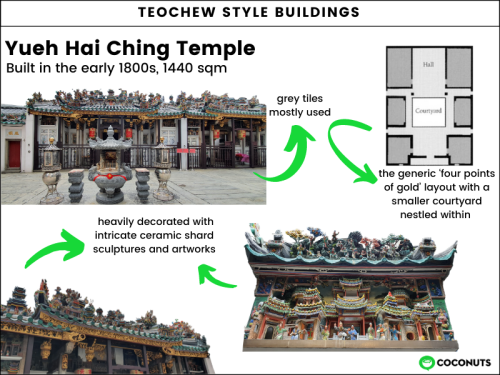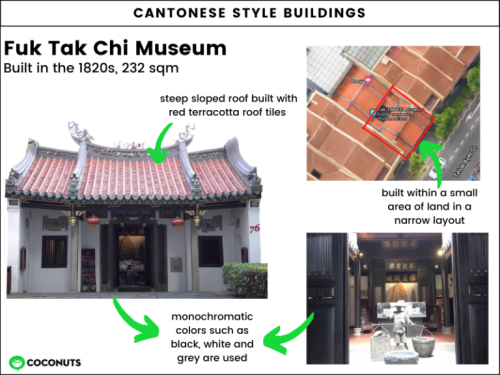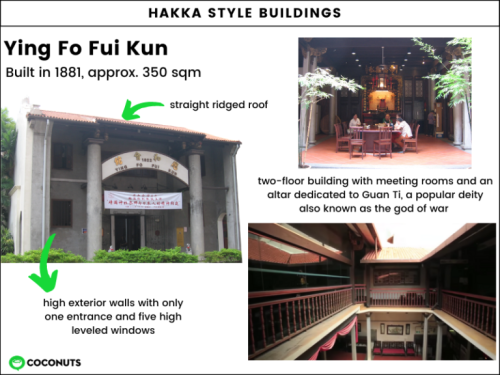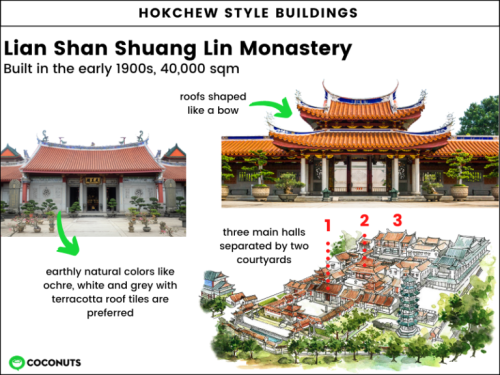southeastasianists:Uncovering some of the oldest Chinese temples built in Singapore’s early, tumul
southeastasianists: Uncovering some of the oldest Chinese temples built in Singapore’s early, tumultuous years A tiny country bursting with diverse cultures, Singapore is home to more than 1,000 Taoist and Buddhist temples mainly dedicated to its large Chinese community, with one of the earliest built not long after the British established a port here in the early 1800s. The Fuk Tak Chi temple, for example, was built in the 1820s by a group of Cantonese and Hakka-speaking Chinese settlers in the middle of what is now Singapore’s business district. The temple’s signature architectural style, which includes floral roof motifs, is reminiscent of temples in Fujian, China, and stands out among the row of shophouses along Telok Ayer Street near Chinatown. Taken together, the city’s tapestry of Chinese temples are easily mistaken for a mismatched and motley collection of competing styles. But look deeper and find they speak to the identities of those who made Singapore home, bringing their architecture and preferences with them to be shaped by a common community sometimes at odds with itself. We talked to a temple guru about their history, why they differ architecturally, how they came to be, and where to find them today. Beyond being places of worship, these elaborately decorated monuments are also places for people to socialize within the different Chinese groups and clans. Singapore is predominantly made up of Chinese, whose predecessors came from families that spoke different dialects, with Hokkien being the most common, followed by Teochew, Cantonese, Hakka, and many others. Different dialects have different tones and pitches, with Mandarin having four tone levels, while Hokkien and Teochew have eight, Hakka six, and Cantonese nine. These days, Chinese Singaporeans have largely homogenized to speak Mandarin, with other dialects obliterated from television and radio programs. Back in China, the different dialect groups do not integrate as much as they do in Singapore, with the Hokkien Chinese mostly based out of Fujian, and the Teochew Chinese from Guangdong province. Keep reading -- source link
#architecture#singapore#chinese diaspora




